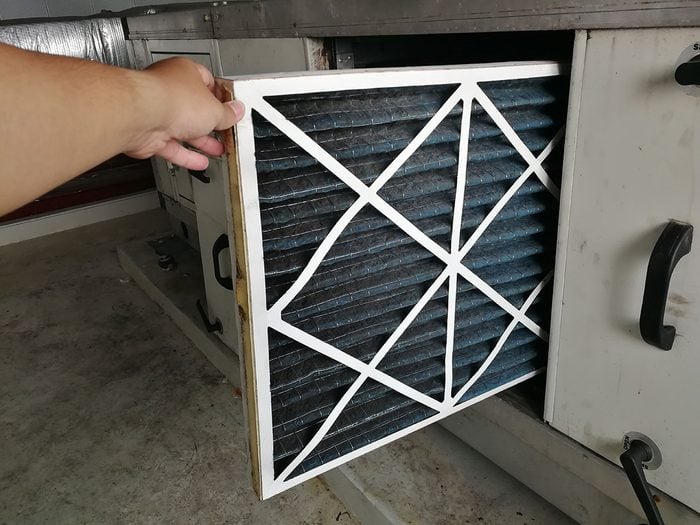
Change Your Furnace Filter Monthly
Furnace repair pros tell us that a clogged furnace filter is one of the leading causes of a “no-heat/no cooling” service call. That’s because a clogged filter can reduce airflow so much that it causes the furnace or AC to overheat or freeze up. You’ll spend around $200 on a service call just to find that you’ve got a clogged filter.
Why once a month? Well, you simply can’t rely on the filter change schedule listed by the filter manufacturer because they don’t know how much dust and dirt is in your home or how often you run your furnace or AC. Smart homeowners make it a habit to check their furnace filter once a month during the heating and cooling seasons and replace it when it’s dirty. It’s better to replace it too early than too late.
If you want a more accurate read on the filter’s condition, install an inexpensive gauge or a fancier electronic filter monitor. Both monitors measure actual airflow reduction caused by a dirty filter, and they let you know when it’s time for a replacement. The gauge indicates it’s time for replacement when the pointer falls into the red zone, while the electronic filter monitor texts/emails you.
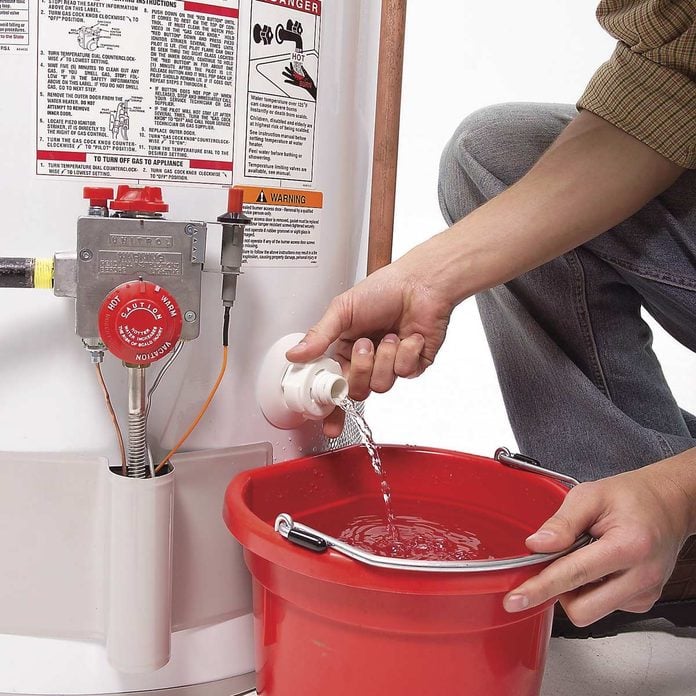
Flush Your Water Heater Annually
All water heaters collect sediment at the bottom of the tank and that sediment reduces the efficiency of the heater and can even shorten its life. Homeowners can prevent that accumulation by performing an annual flush. It’s easy. Just get a bucket and open the drain valve to get a strong flow and let it run until the water is clear. But be careful, the water will be hot!. If you have really hard water, or have never done a flush, you may have some serious buildup problems.
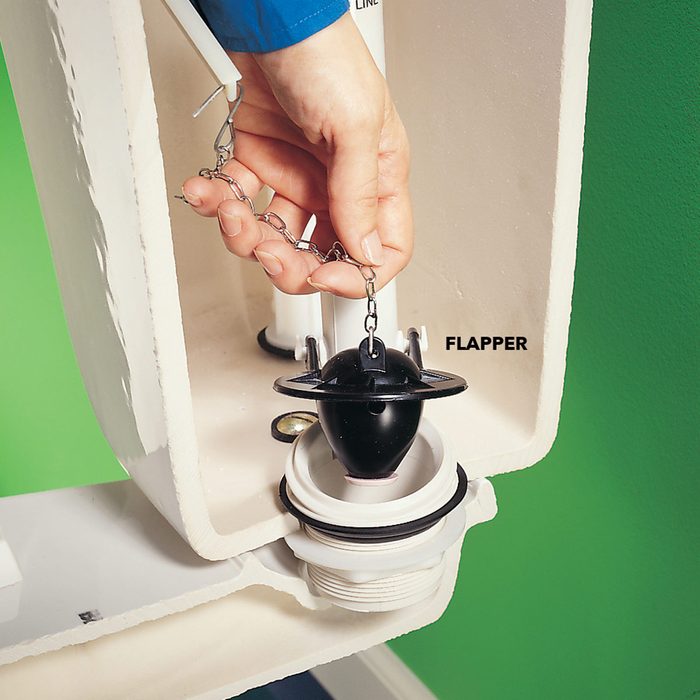
Replace the toilet flapper every two years
All toilet flappers deteriorate over time, from chlorine and normal wear, and when they wear out, they leak water down the drain. They leak just a bit at first, and then more and more until you finally notice that your water bill is sky-high. If you have a well, your only indication will be a higher than normal electric bill. You can prevent all that wasted water and power by being a proactive homeowner and replacing the flapper every two years, whether it needs it or not. Replacing the toilet flapper valve costs a lot less than the potential increases to your water or electric bill. If you haven’t replaced your toilet flapper in a while, now’s the time.
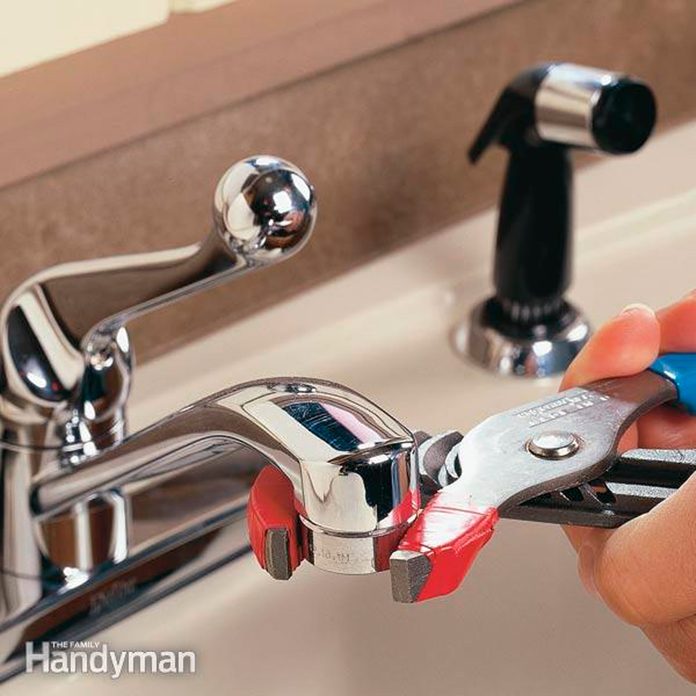
Clean faucet aerators annually
There’s sediment and minerals in your water and they can clog your faucet aerators to the point where all you get is a trickle of water. Cleaning a faucet aerator is very easy.
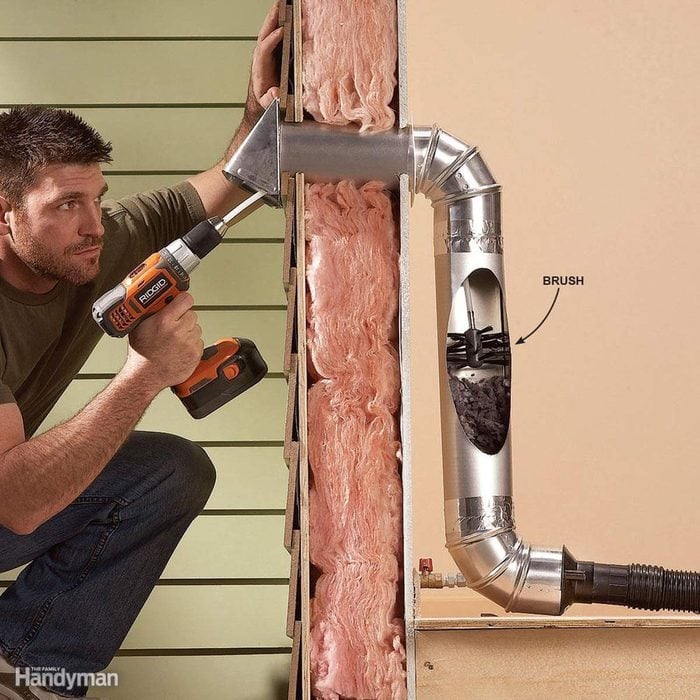
Clean Your Clothes Dryer Vent Annually
No matter how often you clean the lint trap in your dryer, some lint still gets past the filter and into the vent line. Lint buildup in the vent reduces airflow, increases drying time and wastes energy. Worse yet, the lint is a fire hazard. Every homeowner should clean their dryer vent line once a year, using a flexible brush kit, drill and a shop vacuum.
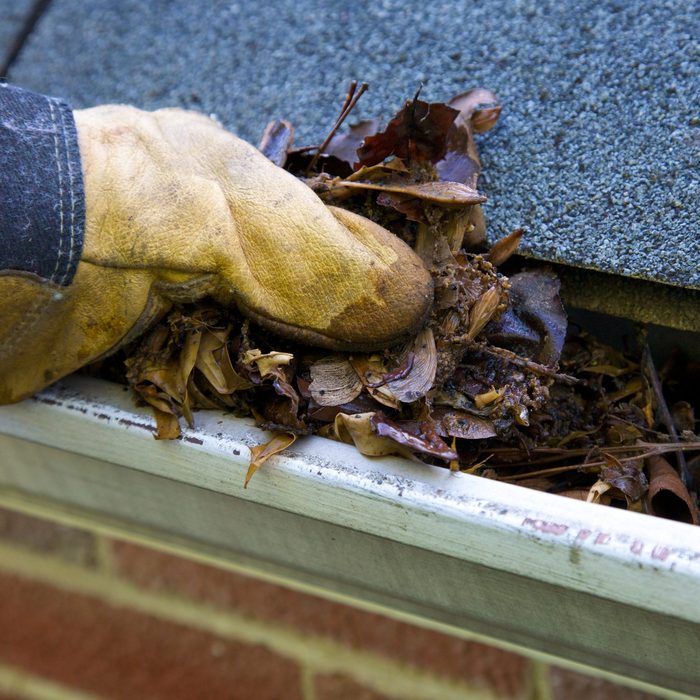
Clean Your Gutters Every Fall
Let’s face it, we don’t know of a single homeowner that likes cleaning their gutters. It’s an awful, stinky, slimy job. But, one thing’s for sure, if you don’t clean them, they’ll clog up and you’ll wind up with water in your basement or ice dams in winter. Somebody’s got to do it, and it’s either you or a gutter cleaning professional. If you’re determined to DIY, at least invest in the right gutter cleaning tools to make the job a bit less messy and time-consuming. Buy a gutter cleaning extension pole and attach it to your garden hose. Then extend it up to the gutter and flush the debris over to the downspout. Or, if you have to use a ladder to get to your gutters, scoop more crud faster with a specially designed gutter scoop. Want to reduce gutter cleaning frequency or eliminate it altogether? Invest in gutter leaf guards.

Lubricate Entry Door Locks Once a Year
Lubricating your entry door locks annually keeps them operating smoothly and reduces wear on your keys. It’s an easy DIY task any homeowner can do. Just shoot a puff of graphite powder or dry Teflon lubricant into the key-way and then operate the lock several times to spread the lubricant to all moving parts.

Clean Your Central AC Condenser Coil Twice a Year
Our AC repair experts tell us they almost always find a dirty/clogged condenser coil when they get called out for a “low cooling” complaint. That’s a shame, because cleaning the condenser coil fins is something any homeowner can do in less than 15 minutes. Simply suck the debris off the fins with a shop vacuum or spray it off with a garden hose and nozzle. Clean it any time you see buildup on the fins and you’ll keep your AC running cold and keep your electric bill low.
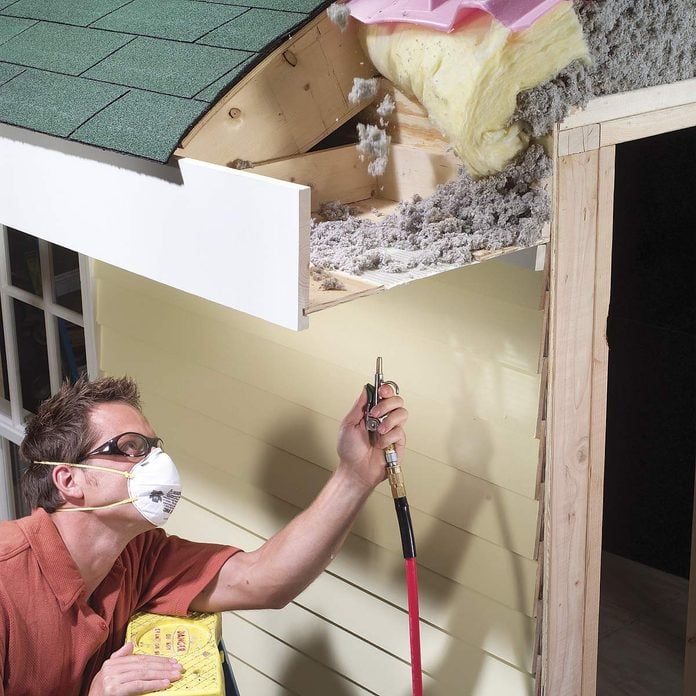
Clean Soffit Vents Every Fall
Attics need proper ventilation, especially in winter. But plugged soffit vents can dramatically reduce air movement, causing hot spots that turn into ice dams. You can avoid costly roof and ceiling damage by simply blowing out your soffit vents every fall. And, yes—any homeowner can do it. All you need is a ladder, a small air compressor with hose and nozzle and a dust mask. Locate the ladder under each soffit vent and shoot a blast of air into the vent. That’ll blow any loose insulation out of the way and open the vents for unrestricted airflow.

Lubricate Garage Door Springs and Hinges Every Year
There’s a lot of controversy about lubricating garage door torsion springs. Some say the lube attracts dirt and grit and that grinds up the springs, while others say that dry spring coils grind against themselves if you don’t lubricate them. We side with the lube advocates. Lubricating both the torsion spring(s) and all the hinges should be on every homeowner’s “get ready for winter” checklist.
Start by tightening all the hinge nuts. Then, shoot a liberal coating of garage door lubricant spray on every hinge and across the width of every torsion spring. Operate the door several times to work in the lubricant. Make sure you use garage door lubricant, rather than a general-purpose lube. It lasts longer, runs less and has more rust protection additives that other lubricant sprays.
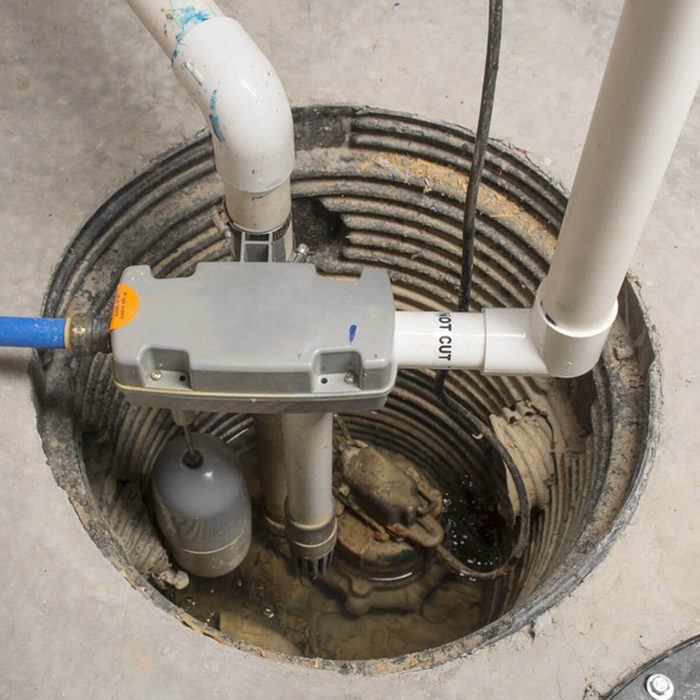
Check Your Sump Pump Every Spring
What good is a sump pump if it doesn’t pump when you need it most? Checking sump pump operation is something any homeowner can do. Just pour a few buckets of water into the sump pit until you hear it click on and start pumping. If you don’t hear the click, check the circuit breaker or GFCI outlet first, then the sump pump float switch. If you’ve got power but no pumping action, it’s time for a new sump pump.
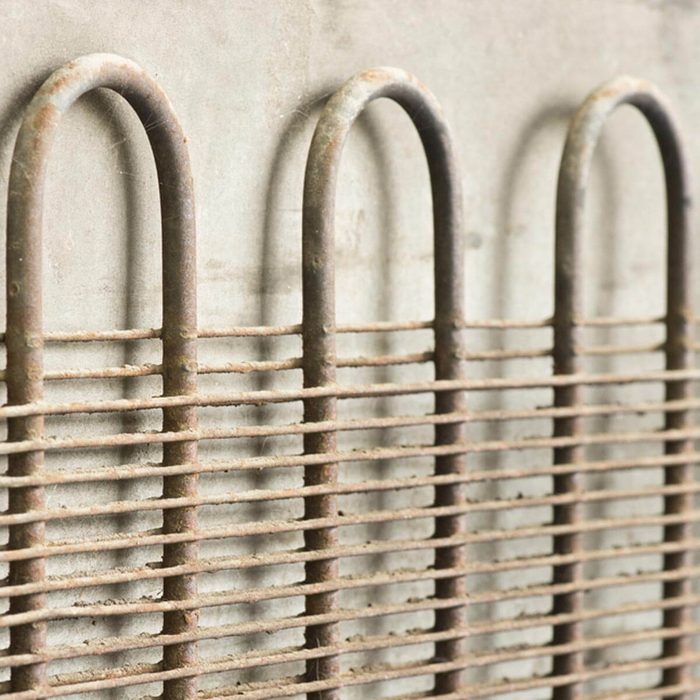
Clean Refrigerator Coil Once a Year
Your refrigerator blows air across the condenser coil to remove heat from the refrigerant. Dust, dirt and pet hair accumulates on the coil and reduces refrigerator efficiency. So, add refrigerator coil cleaning to your list of annual homeowner duties. You’ll need a refrigerator coil cleaning brush and a vacuum cleaner. Remove the bottom vent plate (it unsnaps) and brush off all the dirt on the coil. Then vacuum it up and call it a day.